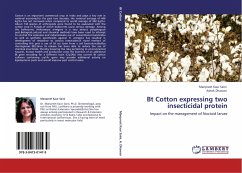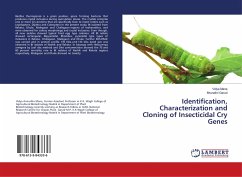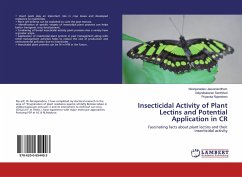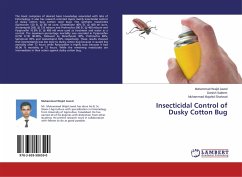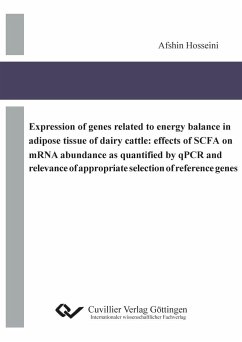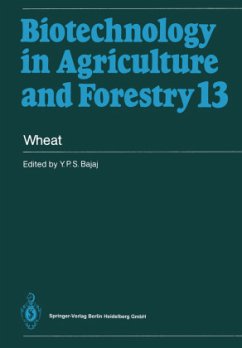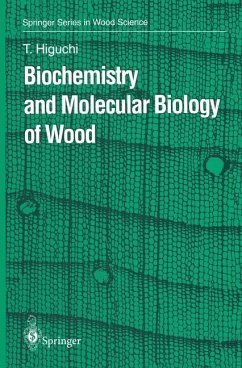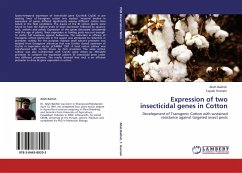
Expression of two insecticidal genes in Cotton
Development of Transgenic Cotton with sustained resistance against targeted insect pests
Versandkostenfrei!
Versandfertig in 6-10 Tagen
45,99 €
inkl. MwSt.

PAYBACK Punkte
23 °P sammeln!
Spatio-temporal expression of insecticidal gene (Cry1Ac& Cry2A) in pre existing lines of transgenic cotton was studied. Seasonal decline in expression of genes differed significantly among different cotton lines tested in the field conditions. The leaves of the Bt cotton plants were found to have the highest levels of toxin expression followed by squares, bolls, anthers and petals. Expression of the genes decreased consistently with the age of plants. Toxin expression in fruiting parts was not enough to confer full resistance against bollworms. The reduction in efficacy of transgenic cotton pl...
Spatio-temporal expression of insecticidal gene (Cry1Ac& Cry2A) in pre existing lines of transgenic cotton was studied. Seasonal decline in expression of genes differed significantly among different cotton lines tested in the field conditions. The leaves of the Bt cotton plants were found to have the highest levels of toxin expression followed by squares, bolls, anthers and petals. Expression of the genes decreased consistently with the age of plants. Toxin expression in fruiting parts was not enough to confer full resistance against bollworms. The reduction in efficacy of transgenic cotton plants late in the season was attributed to reduction in promoter activity. For this purpose, Rubisco small subunit promoter was isolated from Gossypium arboreum that was further cloned upstream of Cry1Ac in expression vector pCAMBIA 1301. A local cotton cultivar was transformed with Cry1Ac driven by rbcS promoter. The same cotton cultivar was also transformed with Cry1Ac gene driven by 35SCaMV promoter to compare the expression pattern of insecticidal gene under two different promoters. The results showed that rbcS is an efficient promoter to drive Bt gene expression in cotton.



